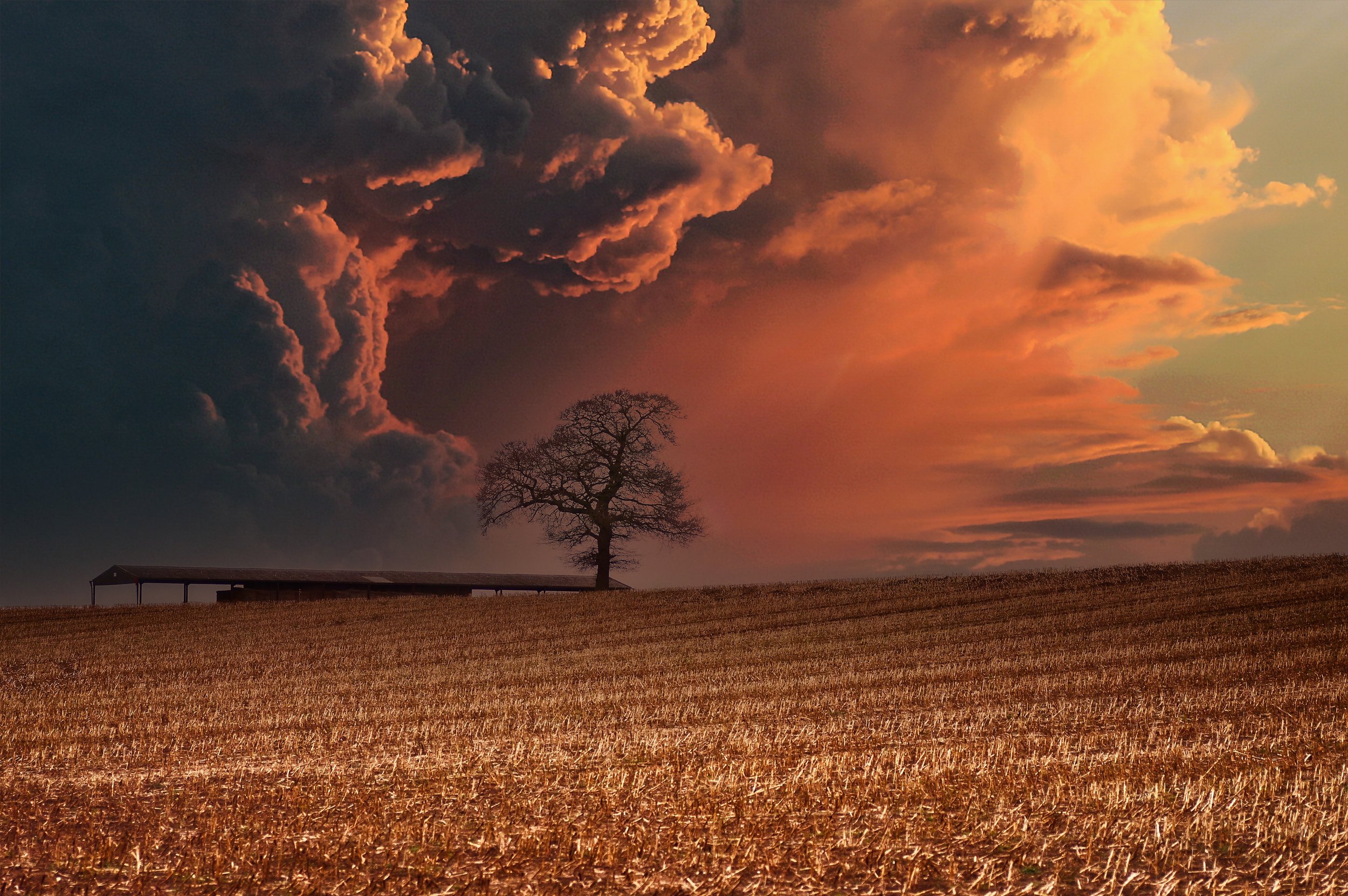A Comprehensive Guide to Creative Photography: Mastering Aperture
Photography is an art form that allows us to capture moments, tell stories, and evoke emotions through visuals. One of the key elements in photography that greatly influences the final image is aperture control. Aperture plays a vital role in creating stunning landscapes, captivating portraits, and handling low-light situations like weddings and events. In this blog post, we'll explore how mastering aperture control can elevate your photography across these diverse scenarios.
Aperture is a critical component within the exposure triangle in photography, alongside shutter speed and ISO. It refers to the size of the opening in the lens that controls the amount of light that enters the camera. Aperture is measured in f-stops (e.g., f/2.8, f/4, f/5.6, etc.), and it determines the depth of field in an image, affecting both exposure and the area of focus within a photograph.
In the exposure triangle, aperture interacts with the other two elements, shutter speed and ISO, to determine the overall exposure of an image:
Shutter Speed: Controls the duration for which the camera's shutter remains open, determining how long the camera's sensor is exposed to light.
ISO: Determines the sensitivity of the camera sensor to light, affecting the overall exposure.
The relationship between these three elements is crucial in achieving a properly exposed image. Adjusting any one of these settings will impact the exposure of the image, and they work together to maintain a balanced exposure.
Understanding Aperture and Depth of Field
Aperture refers to the opening in the lens through which light enters the camera. It's measured in f-stops, denoted by numbers like f/2.8, f/4, f/8, and so on. The aperture setting impacts two critical aspects of photography: depth of field and exposure.
Landscape and Real Estate Photography
In landscape and real estate photography, a smaller aperture (confusingly, higher f-stop number) such as f/8 to f/16 is typically preferred. This choice increases the depth of field, keeping both foreground and background elements in sharp focus. By using a narrower aperture, details in the entire scene—mountains, forests, rivers; sofas, tables, windows—are captured vividly, resulting in breath-taking spaces with exceptional clarity.
Portrait Photography
For portraits, a wider aperture (lower f-stop number) like f/1.4 to f/4 is often favoured. This setting creates a shallow depth of field, where the subject is in sharp focus while the background gently blurs, drawing attention to the person. This effect helps to isolate the subject, enhancing their presence and making portraits more compelling and intimate. The control over depth of field that aperture provides allows for the creation of visually stunning portraits, where the focus is elegantly directed to the couple or individual subjects while gently blurring distracting backgrounds.
Aperture and Low-Light Photography
In low-light situations, such as weddings or indoor events, controlling aperture becomes crucial. A wider aperture lets in more light, allowing the camera sensor to capture clearer images without increasing the ISO (which can introduce noise/grain). Using a wider aperture like f/1.4 or f/2.8 enables photographers to maintain faster shutter speeds, reducing the chance of blurry images due to camera shake or subject movement. Aperture holds paramount importance in the realm of wedding photography, serving as a pivotal element in capturing the magic of these cherished moments. In the dynamic and often unpredictable settings of weddings, mastery of aperture allows photographers to adapt swiftly to varying light conditions. Utilizing wider apertures like f/1.4 or f/2.8 enables the camera to gather more light, crucial in dimly lit venues or evening receptions, ensuring sharp, vibrant images without compromising on image quality.
Creative Control and Artistic Expression
Mastering aperture control offers photographers creative freedom and the ability to express their vision. Whether it's capturing the vastness of a landscape or portraying the emotions in a portrait, understanding how aperture influences depth of field and light intake empowers photographers to craft images that resonate with viewers.
Conclusion
Aperture control is a fundamental aspect of photography that significantly influences the final outcome. Its impact on depth of field, exposure, and creative expression makes it a powerful tool in the hands of photographers. Whether you're capturing expansive landscapes, intimate portraits, or navigating low-light conditions at events, understanding and manipulating aperture settings allows for stunning and impactful photography.
Embrace the versatility of aperture control and experiment with different settings to unlock the full potential of your images. Remember, it's not just about technical proficiency but also about using aperture creatively to tell compelling stories through your photography.






